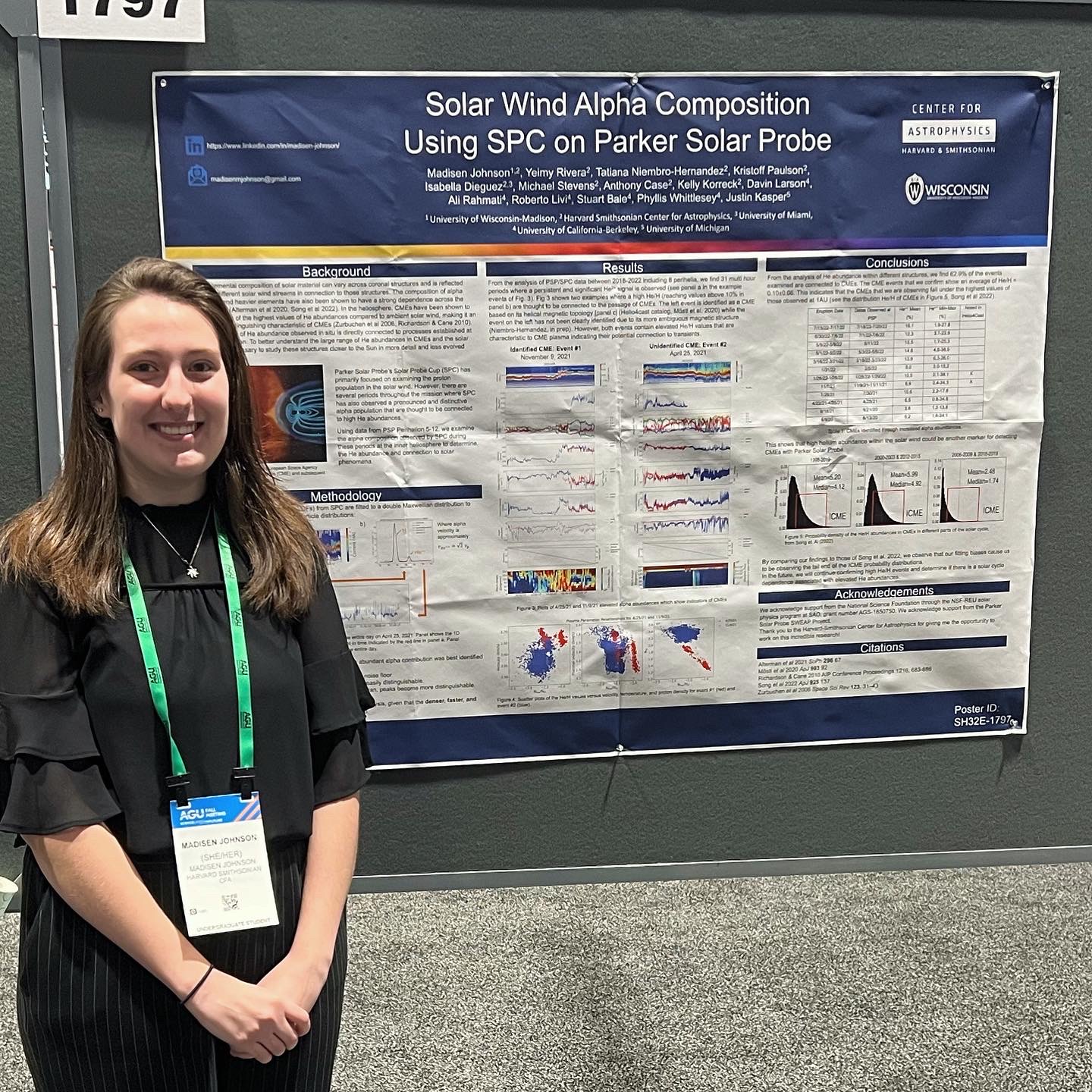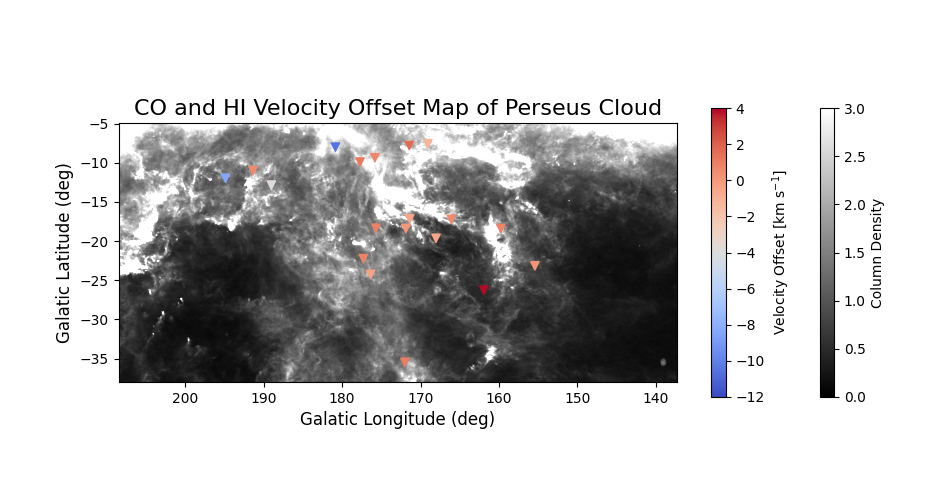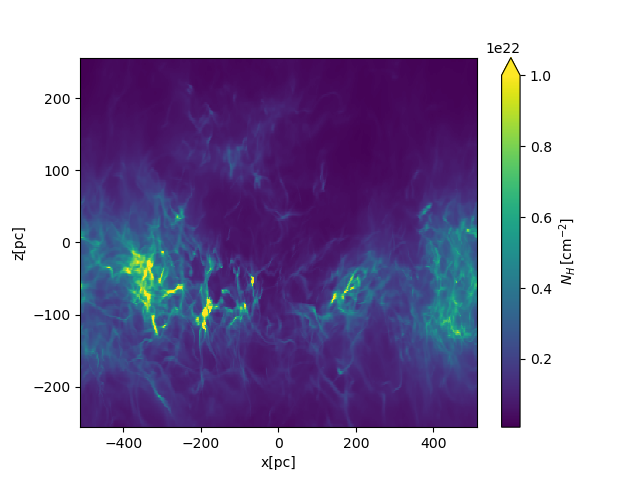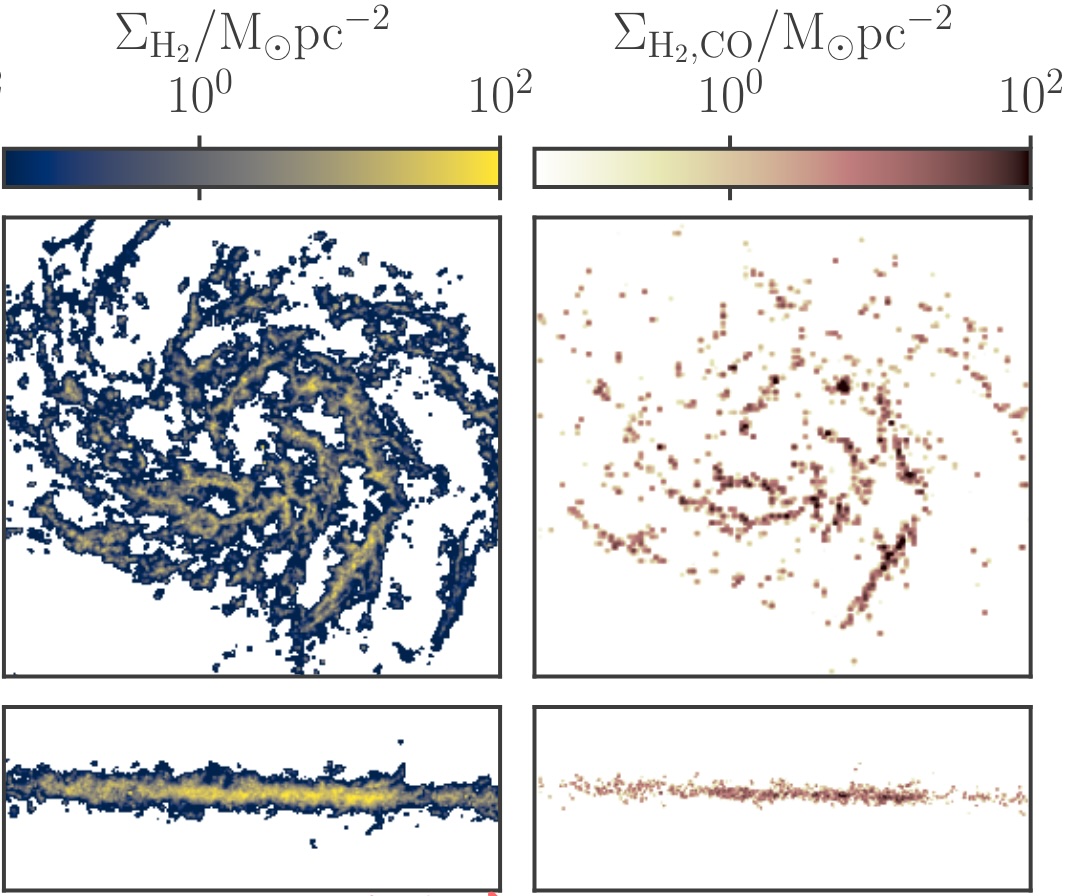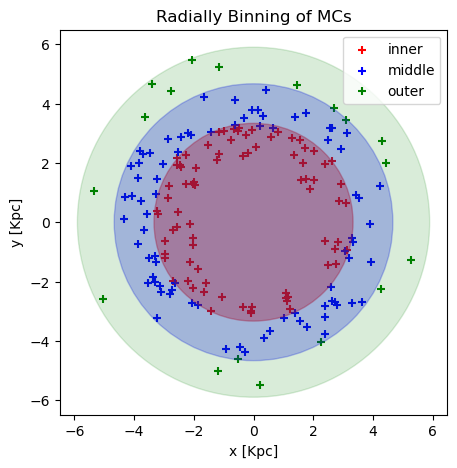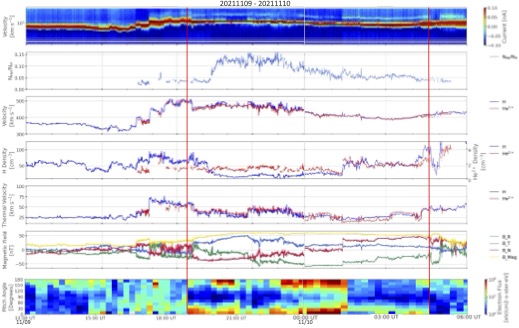
Madisen Johnson
First year graduate student studying astrophysics at Rutgers University.
About Me
I am a passionate and motivated first year astrophysics graduate student at Rutgers University. I completed my undergrate education at the University of Wisconsin-Madison in 2023 with an Astronomy-Physics B.S.
My research focuses on molecular cloud formation and evolution through analysis of atomic and molecular hydrogen gas. I love programming and data analysis to solve important and interesting questions about the universe around us.
Outside of school and research , I love to spend time with my family and my dog! I also enjoy reading, playing piano, and playing video games with friends!

Research

H2 Formation and Destruction
Research Advisor: Dr. Blakesley Burkhart (Rutgers University)
Molecular hydrogen plays an important role in the formation and evolution of stars and galaxies. The star formation rate is strongly linked to with molecular hydrogen but it has not been determined whether this star formation is trigged by the cooling of gases through formation of molecular hydrogen or if self-gravitation occurs before cooling takes place. In order to answer these questions, further observations of the HI to H2 transition are needed to understand the relationship between the formation and destruction rates of molecular hydrogen and the star formation rate. We are currently using the simulation of the Clouds of Theseus (Jefferson et al. 2021) to investigate these mysteries.

Cold HI in the Interstellar Medium
Research Advisors: Dr. Snezana Stanimirovic (University of Wisconsin-Madison) and Dr. Min-Young Lee (Korean Astronomy and Space Science Institute)
Molecular clouds and the populations of stars they form are important to the formation and evolution of galaxies. Molecular clouds from out of the surrounding diffuse interstellar medium (ISM) through the transition of atomic hydrogen (HI) to molecular hydrogen (H2). In this process the cold atomic gas, also known as the Cold Neutral Medium (CNM) plays a particularly important role due to its ability to efficiently sheild and form molecular gas. To investigate the properties of the cold HI gas in and around molecular clouds we employ the use of the TIGRESS simulation (Kim & Ostriker 2017).

Solar Wind Helium Abundance
Research Advisor: Dr. Yeimy Rivera (Harvard-Smithsonian Center for Astrophysics)
Properties of minor ions, like He2++, in the solar wind are imprinted with properties of source regions on the sun as well as mechanisms connected to heating and acceleration of the solar wind. This makes them sensitive markers of the solar wind's origin and formation at the sun. Using the Solar Probe Cup on the Parker Solar Probe (the closest we have ever been to the sun!), a detailed analysis of particle velocity distribution functions can help to investigate periods where significant and persistent helium peaks are observed to determine distinctive characteristics of the solar wind during these periods.
Publications
"Probing the Properties of the Cold HI Surrounding Molecular Clouds Using TIGRESS and GNOMES" (In prep), Johnson et al.
"Helium Abundance Periods Observed By the Solar Probe Cup on Parker Solar Probe" (In prep), Johnson et al.
Contact
Contact me at my email: mmj113@physics.rutgers.edu.

